How to Grow Peppers That Won’t Let You Down
These eight varieties are tops in flavor and production
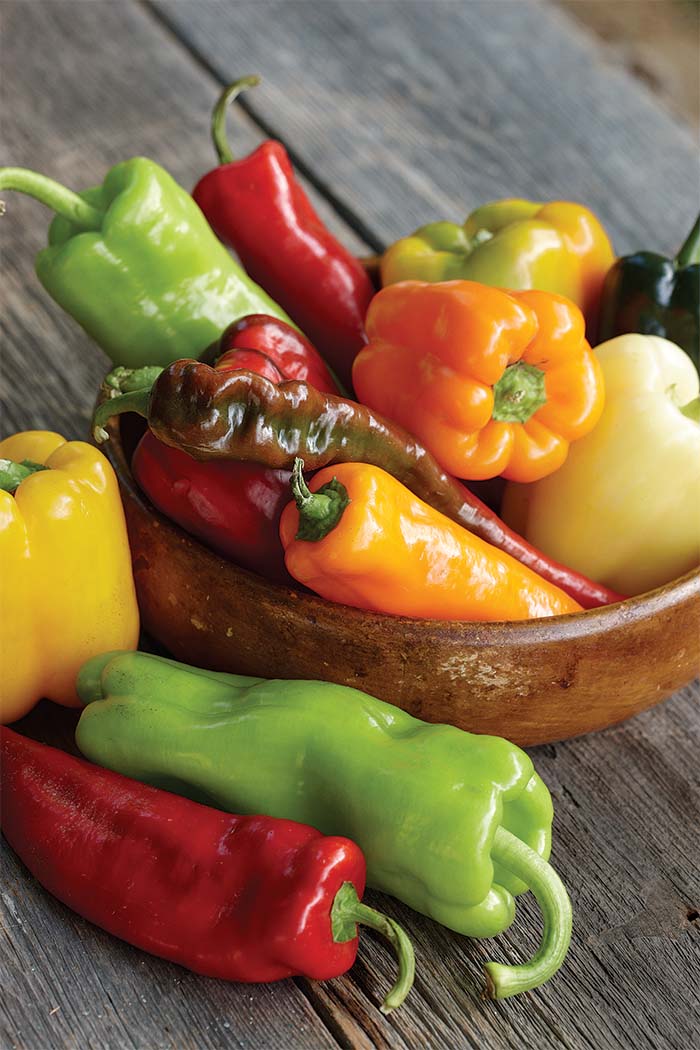
Peter Piper may have picked a peck of “perfect” peppers, but for the rest of us, a good harvest of this popular veggie can be more elusive. Peppers, like their tomato cousins, can be a disease-prone, temperature-sensitive, weak-rooted crop. Success, however, can be easy to achieve if you pick the right variety. Like tomatoes, peppers come in a wide range of colors, textures, and sizes. They also can be spicy or sweet in flavor. But aside from appearance and flavor, varieties also vary in their proclivity to resist disease and drought. All of these factors will help determine which type you choose to buy.
If you decide to buy seeds instead of transplants, start them indoors eight weeks before your last frost date. Sow the seed into flats, and put them on a heat mat to help promote quick germination. After the first set of true leaves appears, fertilize with a liquid kelp solution every two weeks. It’s best to gradually expose the seedlings to the outdoor conditions a week or two prior to transplanting outside.
Pepper Basics
|
Practically perfect varieties
Whether you’re looking for sweet or spicy, these peppers have proven to be the easiest to grow and most flavorful to eat.
1. ‘Corno di Toro Rosso’
Days to maturity: 80
Also referred to as the “sweet bull horn” pepper, the heirloom ‘Corno di Toro Rosso’ sports a thick skin (making it resistant to sunscald) and a rich, meaty flesh with just a hint of heat. Each fruit can be up to 10 inches long.
2. ‘Cubanelle’
Days to maturity: 70 to 80
‘Cubanelle’ is the quintessential frying pepper, with a mild, sweet flavor and relatively thin skin. The plants produce gobs of fruit, sometimes up to 20 pounds apiece. It’s also moderately drought tolerant.
3. ‘Quadrato D’Asti Giallo’
Days to maturity: 80
A giant yellow bell pepper, ‘Quadrato D’Asti Giallo’ is known for its thick, sweet flesh, which is delicious cooked or eaten fresh. Due to the pepper’s sheer size (sometimes bigger than a softball), the plants need sturdy staking.
4. ‘Golden Treasure’
Days to maturity: 80
Nine inches long and full of flavor, ‘Golden Treasure’ is a grilling pepper that is perfect for container growing because the plants stay compact. The fruit starts out green and can be harvested then (although quite tart) or left on the plant to further ripen to golden orange when they are at their optimal sweetness.
5. ‘Chinese Dragon Tongue’
Days to maturity: 65 to 70
A long, cayenne-type red hot pepper, ‘Chinese Dragon Tongue’ accordions near the stem for a wrinkled appearance. It has a seriously spicy flavor. Tall, very productive plants will mature early in warm locations. Due to their size (up to 4 feet tall), the plants benefit from being surrounded by a tomato cage.
6. ‘Poblano’
Days to maturity: 70
‘Poblano’ is a mild chili pepper, with more of a smoky flavor with a tinge of spice. The distinctive blackish-green skin resists sunscald. Enjoy the fruit fresh or dried in Mexican dishes or simply sliced into a salad. It is also fairly drought tolerant.
7. ‘Orange Blaze’
Days to maturity: 65 to 70
One of the earliest bell peppers to mature, ‘Orange Blaze’ was selected as an All America Selections Winner because of its sweet flavor and disease resistance. The plants produce 3- to 4-inch-long fruit with two to three lobes each. It’s highly resistant to bacterial leaf spots and tobacco mosaic viruses.
8. ‘Bianca’
Days to maturity: 65
Medium-large, four-lobed, blocky ivory fruit make ‘Bianca’ a unique member of the pepper family. The yellowish-white fruit has a mild flavor and eventually ripens to scarlet red. The sturdy plants yield well and provide good leaf cover to prevent sunscald.
Want a red pepper? Just wait a minute
Although you can buy seeds that specifically state that they are a “red” variety, every green pepper will eventually turn red as it ripens. Most bell peppers go from green to yellow to orange to red as they linger on the plant. As they change color, they steadily get sweeter too.
Sunscald
A frequent problem with peppers is too much sun. If the fruit is overexposed to harsh rays, the skin will burn and rot. Avoid this problem by not pruning away any of the plant’s foliage. If the problem still pops up, shelter the plants with a shade cloth.
Staking
Pepper plants, although smaller than tomato plants, usually need to be staked so that they don’t topple over under the weight of their fruit. You can use cages, stakes, or trellises to do the job—just make sure the supports are in place before the plants get too big.
In-the-Kitchen Cutting Technique
 |
 |
 |
1. With a sharp chef’s knife, cut off the top of the pepper just below the shoulder so that you remove the entire stem end, exposing the ribs inside the pepper.
2. Squarely cut off the narrow bottom. Reserve the trimmed ends. The pepper will now be shaped like a cylinder.
3. Set the pepper on one end and, with the tip of your knife, make one neat vertical slice to open the cylinder.
4. Set the pepper skin side down, and work the knife along the inside of the pepper (with the blade parallel to the work surface), removing the ribs and seeds while unrolling the pepper so that it lies flat.
5. Now that you have a neat rectangle of bell pepper, you can julienne or dice it. You can trim and chop the reserved ends, as well.
 |
 |
Danielle Sherry is a senior editor at Fine Gardening.
Photos: FG staff
Fine Gardening Recommended Products
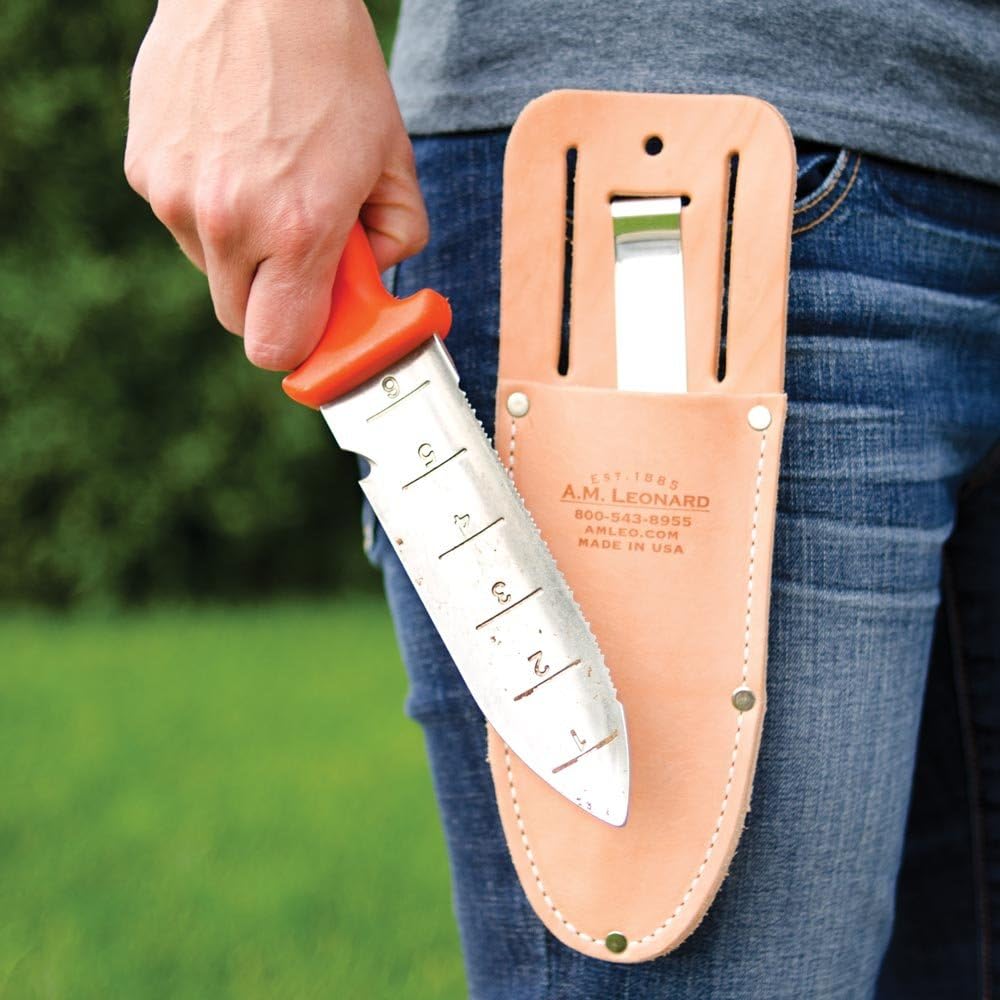
A.M. Leonard Deluxe Soil Knife & Leather Sheath Combo
Fine Gardening receives a commission for items purchased through links on this site, including Amazon Associates and other affiliate advertising programs.

Gilmour 5/8" x 25' Round Weeper Soaker Hose
Fine Gardening receives a commission for items purchased through links on this site, including Amazon Associates and other affiliate advertising programs.

Lee Valley Large Gardener's Wash Basket
Fine Gardening receives a commission for items purchased through links on this site, including Amazon Associates and other affiliate advertising programs.



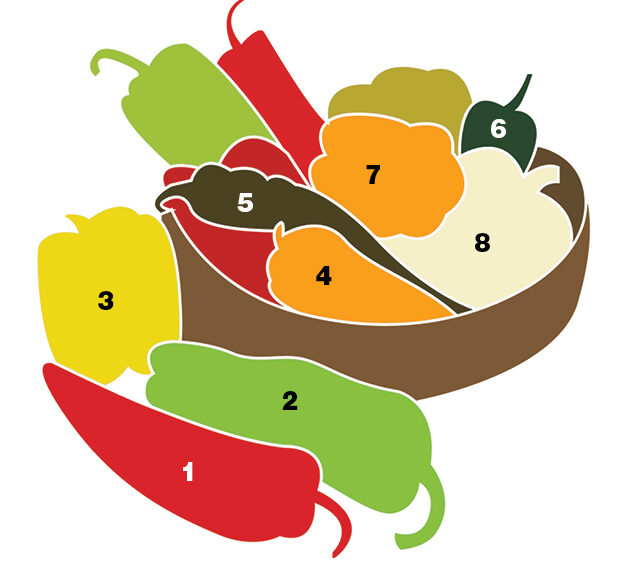

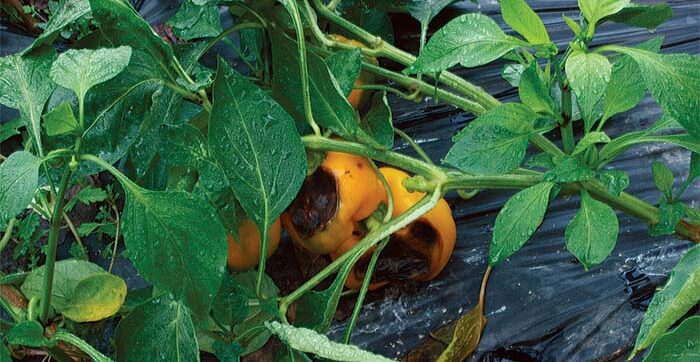
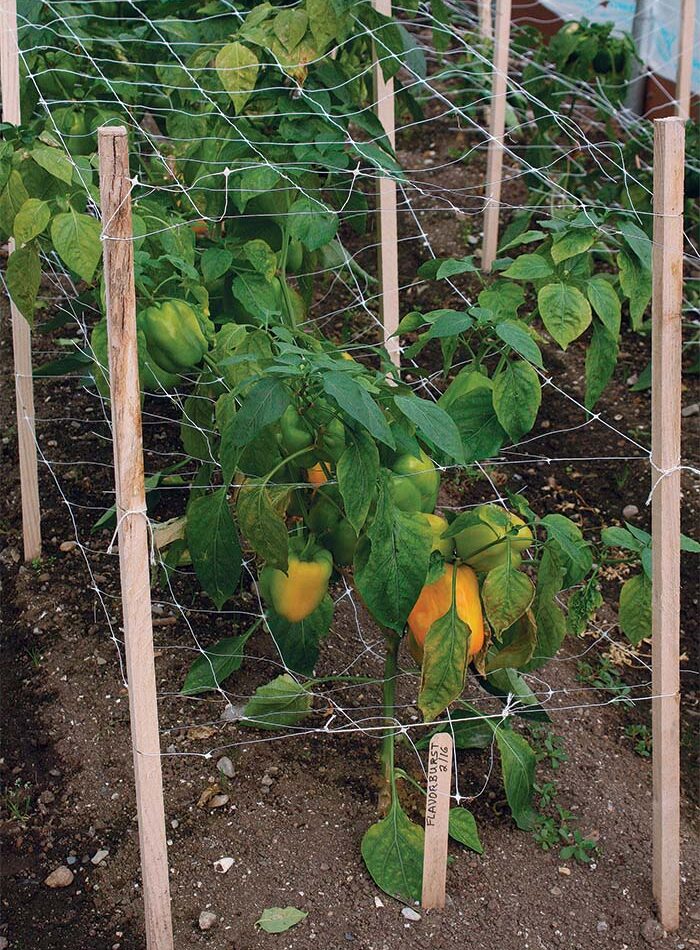




Comments
Log in or create an account to post a comment.
Sign up Log in